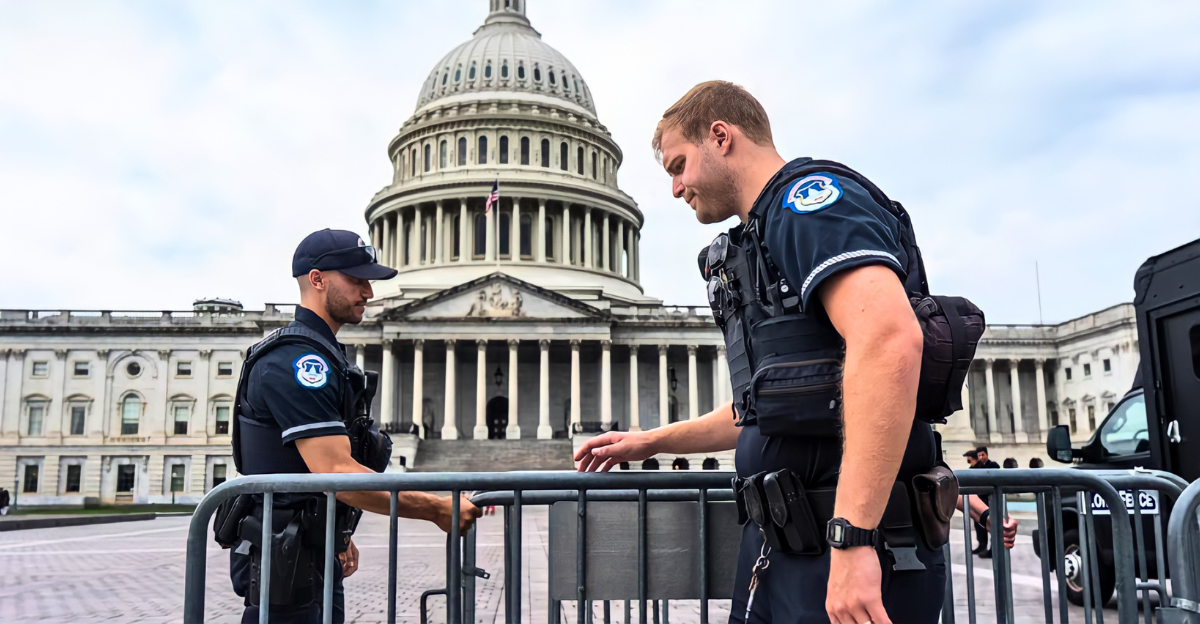
The landscape of federal employment is undergoing a significant shift, as agencies in Washington, D.C., prepare for drastic job cuts. Federal workers face unprecedented uncertainty with the White House announcing the potential for the most significant workforce reduction since World War II. “Two days are imminent, very soon,” cautioned Press Secretary Karoline Leavitt.
The implications of a government shutdown, which has now entered its sixth day, loom large, as Cabinet members scramble to devise layoff strategies. This unexpected turmoil has prompted federal employees to question their futures and livelihoods, raising concerns that could ripple through the economy.
Consequences of the Shutdown
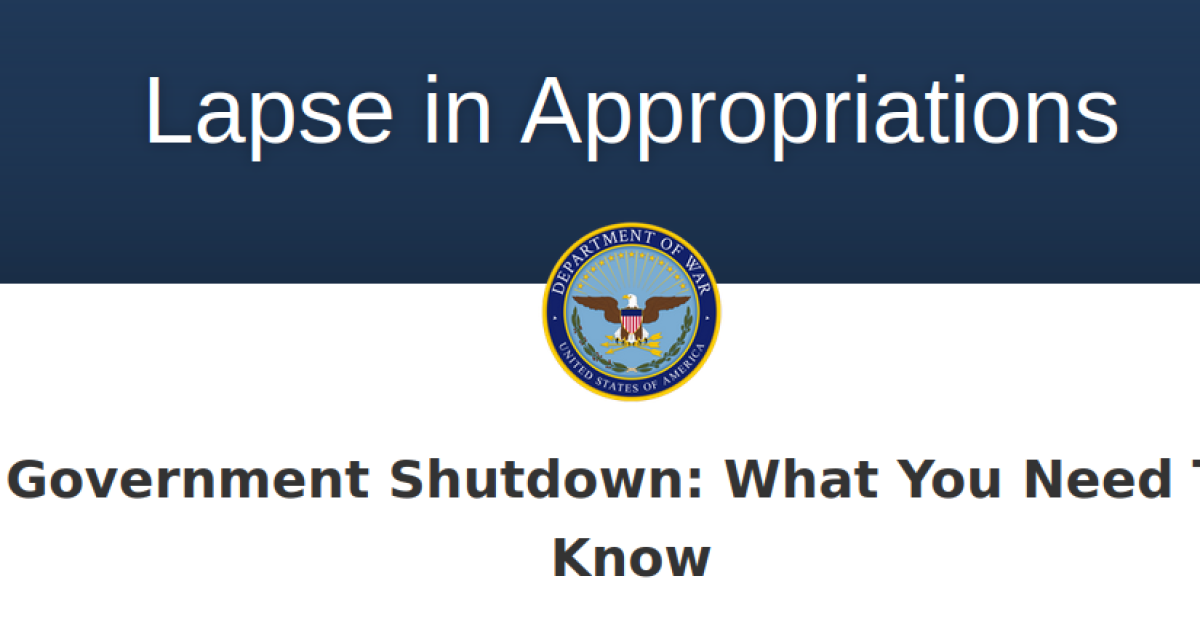
The stakes are alarmingly high. The Office of Management and Budget (OMB) has estimated that up to 750,000 federal workers could face furloughs or layoffs if the government shutdown persists. This could cost the economy hundreds of millions of dollars daily, impacting essential services such as Social Security and disaster relief.
“This is not just numbers; these are lives being disrupted,” said Anna Miller, a Social Security technician staring at uncertain days ahead. As the shutdown drags on without resolution, fear and frustration are mounting. Each day brings new challenges for the workforce already affected.
A Shift in Historical Context

Historically, federal worker furloughs during government shutdowns have been temporary, with assurance of back pay. Permanent layoffs are a rarity in the modern era, making the current situation all the more remarkable.
However, the Trump administration’s approach is breaking this mold. Officials are signaling that a more aggressive tactic, such as reductions in force (RIFs), could be used as leverage in budgetary negotiations with Congress. This new strategy raises questions about the future of the federal workforce. “We never thought we’d see this. It feels like a game of political chess with our lives on the line,” remarked civil servant Daniel Reed.
Tensions Mount

Tensions escalated in late September, with agencies initiating preparations for layoff and furlough notifications. The stalemate between Republicans and Democrats over essential annual funding, including Affordable Care Act subsidies, has catalyzed the current shutdown. This impasse has forced numerous programs to halt operations, leaving dedicated staff working without compensation.
“It’s like being in limbo; you don’t know what’s coming next,” shared Lisa Frank, an impacted agency worker, illustrating the anxiety felt by many. The combination of financial strain and uncertainty is deepening frustration among federal employees, heightening the stakes.
Imminent Mass Layoffs

On October 1, 2025, the situation took a dire turn when the White House and OMB formally indicated that the most significant mass layoffs of federal employees since World War II could begin “within days.” Press Secretary Leavitt, alongside OMB Director Russ Vought, urged agencies to formulate reduction plans and start issuing layoff notices.
For most federal employees, the prospect of permanent job cuts adds a new layer of dread as they face an uncertain future. “It’s terrifying to think that the job I’ve dedicated my life to could vanish in moments,” expressed James Corbett, a longtime federal worker.
The Nationwide Effects

The ramifications of these layoffs will be felt nationwide. From Washington, D.C., to regional offices in every state, the impact is poised to be profound. While vital sectors like border security and air traffic control will continue to operate, local offices for agencies such as the IRS and the Social Security Administration are set to face sudden closures.
“We could lose a quarter of our federal workforce overnight. It’s a chilling thought for our community,” warned local union representative Maria Lopez. Lives and livelihoods depend on the ripple effects of these impending cuts, intensifying the urgent need for resolution.
Federal Workers Speak Out

Amidst the looming layoffs, federal workers are vocalizing their fears and frustrations. “I feel really sad,” lamented John Norton, a furloughed employee caught in this turmoil. The concerns extend beyond job security; many staff members are living paycheck to paycheck, struggling with challenges related to rent and basic living expenses.
Unions have begun filing legal challenges, asserting that the administration’s actions are “draconian.” “We’re not just numbers. Each person represents a family, a community,” emphasized union leader Rachel Turner, driving home the human impact of these potential decisions.
Agency Response and Adaptation
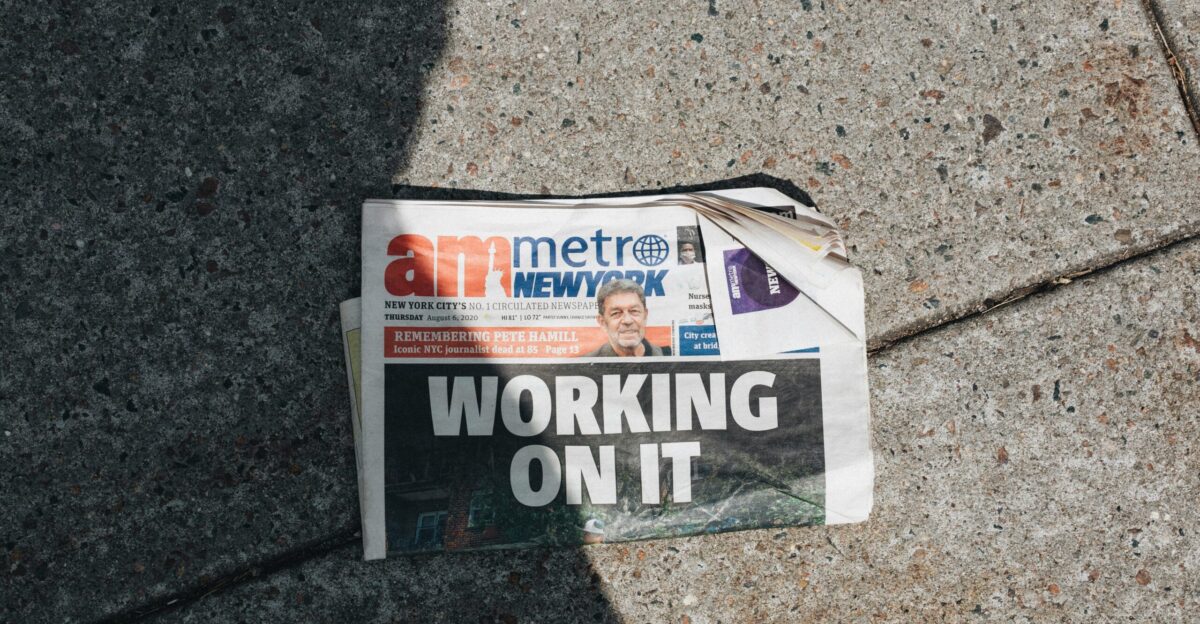
While most federal agencies have initiated their standard shutdown protocols, OMB’s recent directive now requires plans for permanent staff reductions, even for positions previously considered essential. Many agency heads find themselves grappling with this unprecedented directive.
As the situation evolves, some leaders are reviewing program priorities and compiling targeted layoff lists, a compliance measure to new White House instructions. “We’re trying to balance the needs of our employees with what’s mandated from above, but it feels like we’re losing our core,” stated one agency director under anonymity, reflecting the dilemma at hand.
Congressional Gridlock

The added pressure of explicit threats of mass firings exacerbates the current episode of congressional gridlock. This troubling shift has raised alarms among lawmakers, government accountants, and union leaders, who note that the fallout could undermine institutional knowledge and erode public confidence in federal programs long after the shutdown is resolved.
“We’re witnessing not just a political crisis but a potential long-term damage to trust in government,” warned political analyst Anthony Derosa. This heightened level of anxiety underscores the importance of finding a viable resolution quickly for all involved.
The Resignation Wave

Amid the growing uncertainty, September 30, 2025, became a turning point as more than 154,000 federal employees chose to resign, compounding the effects of the anticipated layoffs. This mass exit has left many projects stranded, further escalating the burden on the remaining workforce.
“Crisis fatigue is real; we’ve been living with these tensions for months,” lamented Ellen Chang, an analyst who grappled with the weight of looming decisions. The fallout from this resignation wave adds another layer of complexity to an already turbulent situation, making immediate resolution even more critical.
Internal Strains and Responses
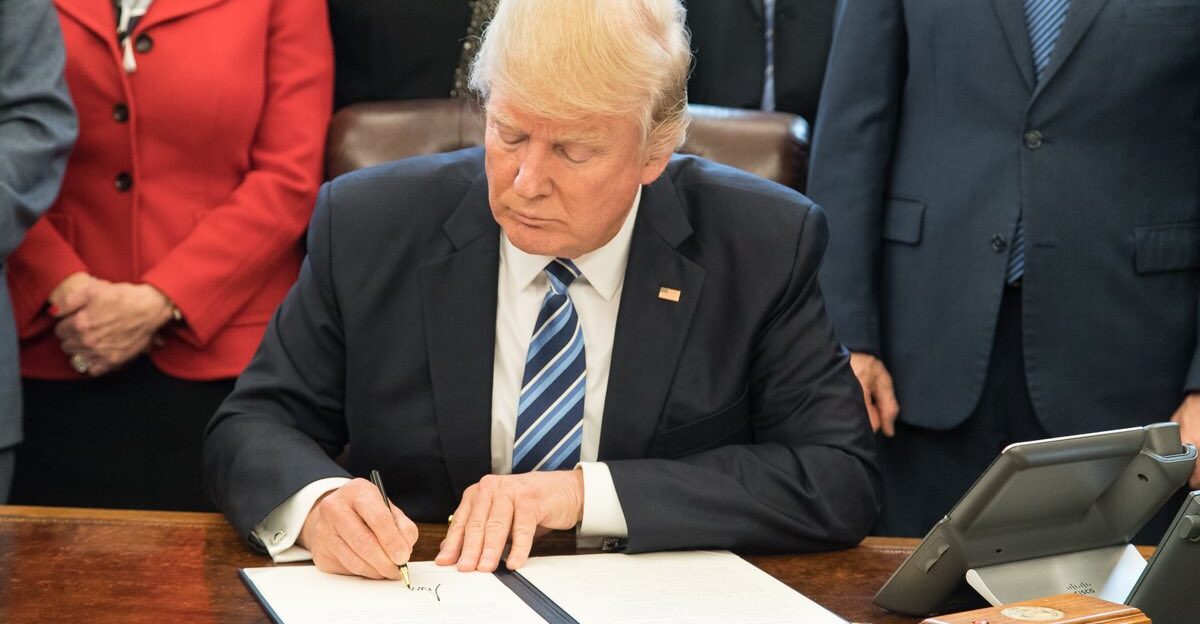
Union leaders have voiced intense criticism, accusing the Trump administration of “weaponizing” the current shutdown. Officials at the OMB contend that permanent layoffs are essentially the only viable option given the stagnation in appropriations.
Within the executive branch, some cabinet members, speaking on condition of anonymity, are engaging in intense debates over which programs and personnel to cut, resulting in visible rifts among the leadership. “It sometimes feels like a battlefield, with each side fighting for what they believe is necessary,” one official remarked, showcasing the friction within high-level discussions.
A High-Profile Leadership Role
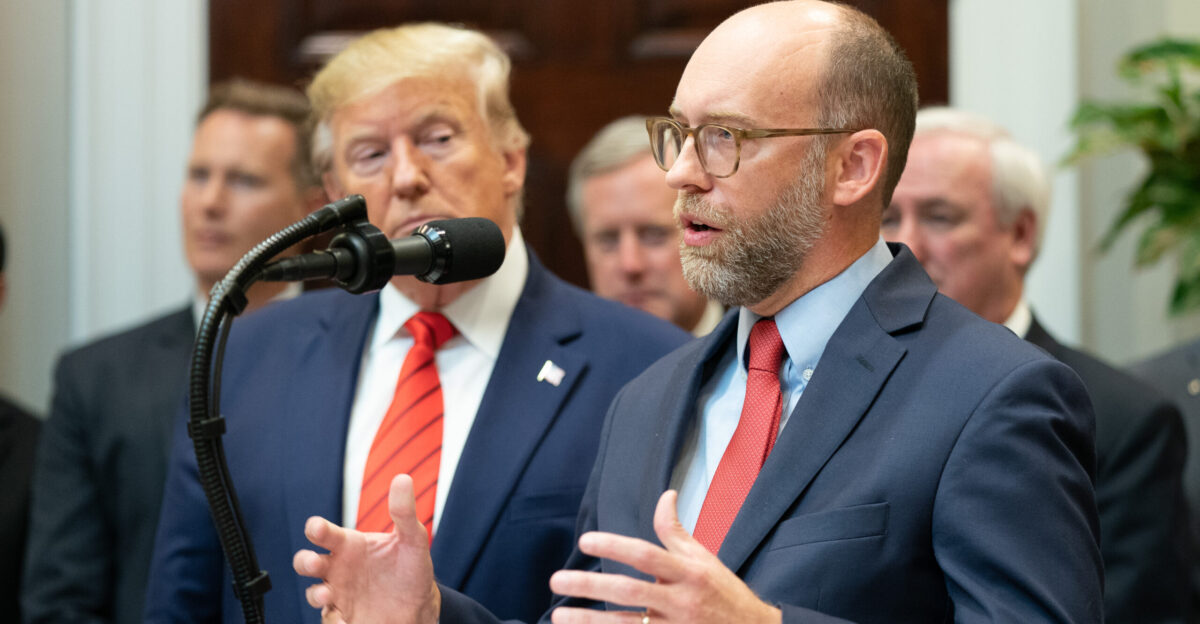
At the heart of this crisis, OMB Director Russ Vought has taken the lead in planning for these unprecedented layoffs. At the White House, Vice President J.D. Vance has taken a high-profile stance, warning that “extraordinary steps” are being considered.
Meanwhile, the pressure cooker of supply chains and agency operations leads to rising tensions as every decision weighs heavily on those affected. “This is not just policy; it’s individuals’ lives and careers at stake, and we must bear that in mind,” a senior aide emphasized, highlighting the human element in these critical decisions.
The Compounding Crisis

As federal employees navigate an increasingly daunting landscape, the compounding nature of the crisis further complicates efforts for a resolution. With mass resignations and ongoing furloughs, remaining employees face mounting pressures that threaten productivity and morale. Community engagement has become vital as local leaders rally support for affected workers.
“People need to know we’re standing together in this. Our strength lies in solidarity,” stated community advocate Sarah Holland. As this complex situation unfolds, solutions and negotiations must prioritize the welfare of those caught in the midst of the conflict.
Legislative Proposals and Compromises
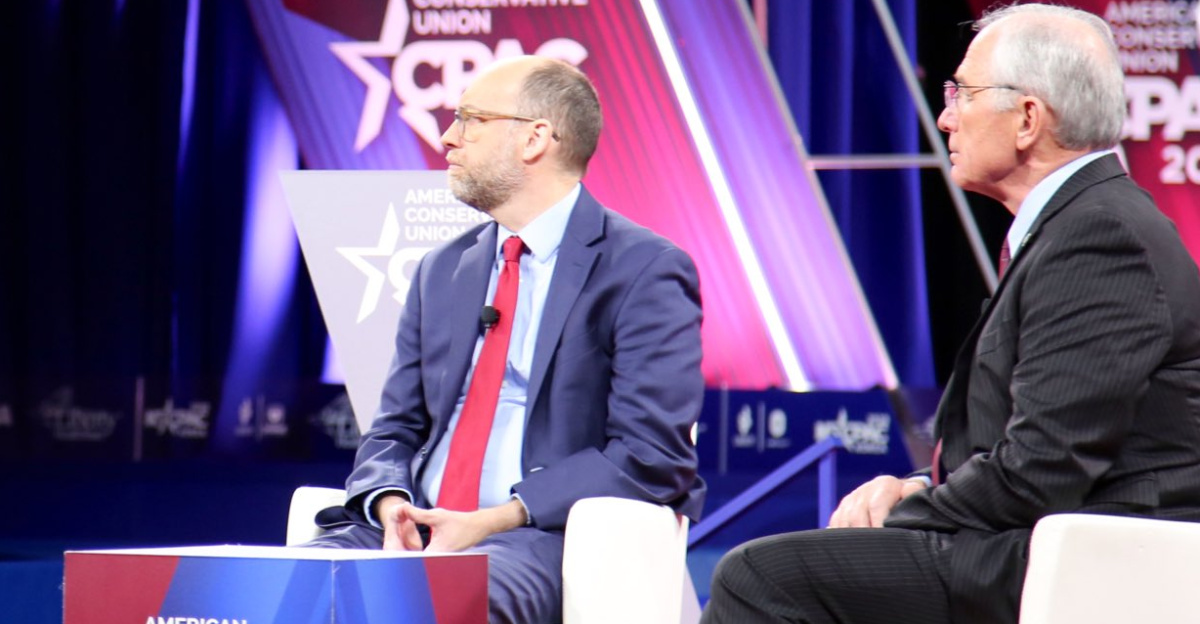
Amid the swirling chaos, advocates in Congress are pushing for legislative proposals aimed at averting layoffs while establishing a sustainable budget. Compromise will be essential for progress in a heavily polarized political atmosphere.
“It’s time to put aside differences and focus on what really matters: the employees who keep our country running,” urged Congressman David Butler, making an impassioned case for swift action. Such advocacy offers a glimmer of hope as federal workers and their families anxiously await clarity and stability amidst uncertainty. The willingness to compromise remains critical for future solutions.
Community Backlash

Public sentiment is growing increasingly hostile toward the administration’s approach to the shutdown. Protests are sprouting across major cities, with citizens expressing their discontent over potential layoffs and the growing impact on families and local businesses.
“People can only tolerate so much suffering before they stand up and make their voices heard,” remarked activist Samuel Greene at a rally, highlighting the urgency of community response. This backlash highlights the broader social implications of government decisions that affect everyday Americans. It’s a critical reminder that behind every statistic are real people facing real consequences.
The Fragile State of Workforce Morale

Within agencies, morale has begun to plummet, and many employees report feeling helpless amid the uncertainty. The lack of clear communication from leadership has only intensified anxiety among workers. “The silence is deafening. It’s hard to remain motivated when you feel invisible,” voiced Karen Johnson, a federal project manager.
The psychological impact of an impending crisis, combined with economic insecurity, exacerbates the challenges faced by federal workers. Engagement and transparency are more crucial than ever to restore a sense of stability and purpose in the workforce.
The Economic Ripple Effect

The potential for mass layoffs extends far beyond the federal workforce. Economists warn that the ramifications could destabilize markets, impacting consumer confidence and spending. “A sudden subtraction of 750,000 incomes could cause economic ripples we can’t overstate,” cautioned financial analyst Emily Rivera.
Businesses that rely on federal contracts and spending may face challenges due to shifts in their industries, resulting in a complex economic landscape. The connections between government employment and the broader economy add layers of urgency for policymakers seeking a resolution that addresses these expansive issues.
Strategies to Mitigate Impact

There is a growing call for innovative strategies to mitigate the fallout from potential layoffs. This includes proposals for hiring freezes, restructuring of agency funding, and prioritizing essential services. “We must be proactive and smart about how to navigate these waters. The stakes are too high for inaction,” emphasized economic expert James Talbot.
Collaboration between government and nonprofit organizations emerges as a potential avenue for worker support and resources. Exploring various strategies may provide a pathway to alleviate anxiety for affected workers while maintaining viable government operations.
Remaining Hope and Negotiation

Amidst the chaos, glimmers of hope remain as negotiations continue. Bipartisan discussions are essential to developing a comprehensive plan that prioritizes the workforce’s well-being while ensuring effective government operations. “If we can find common ground, there’s a chance to move forward instead of backward,” expressed Senator Laura Mills in a recent press briefing.
This glimpse of optimism prevails in conversations centered around the preservation of vital federal employees and services. The path forward hinges on collaboration and recognizing the human aspects of these negotiations, elevating the voices of those affected.
Moving Forward Together
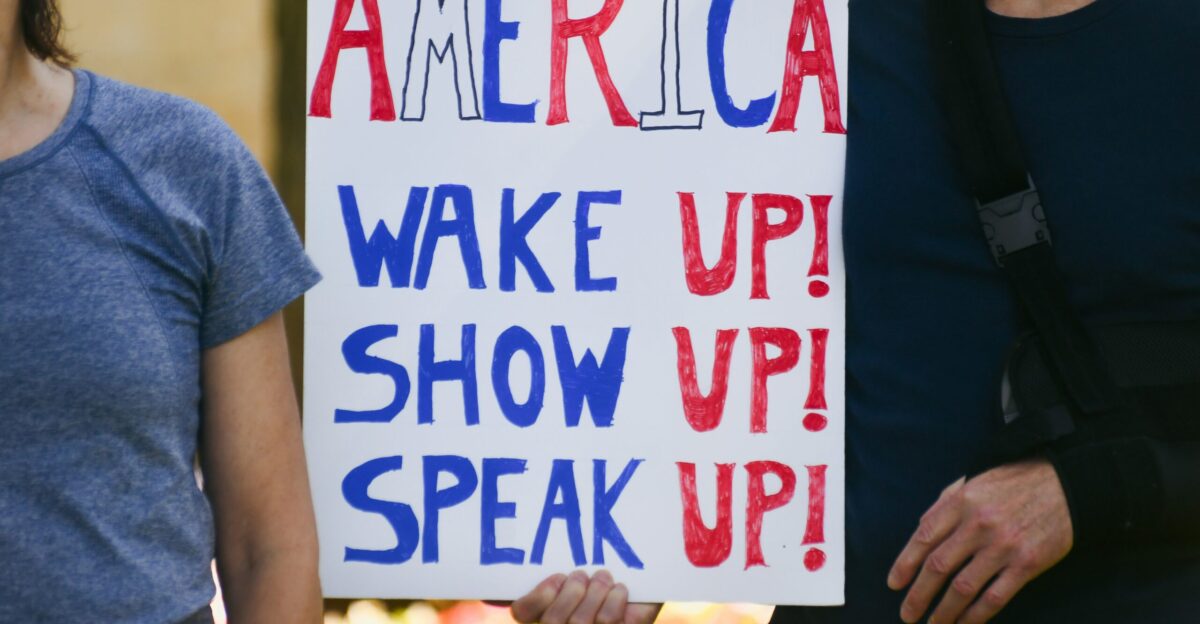
As the situation continues to evolve, communities, lawmakers, and federal employees must work collaboratively to navigate this crisis. The challenge ahead requires active engagement with all stakeholders to ensure a resolution that safeguards jobs, funds essential services, and protects families from economic hardship.
“We’ll get through this, but it’s going to take all of us working together,” remarked community leader Tara Ellis. As advocates for federal employees unite, there’s a renewed call to action. Achieving stability and progress demands a shared commitment to overcoming the obstacles ahead while uplifting the workforce and their families.